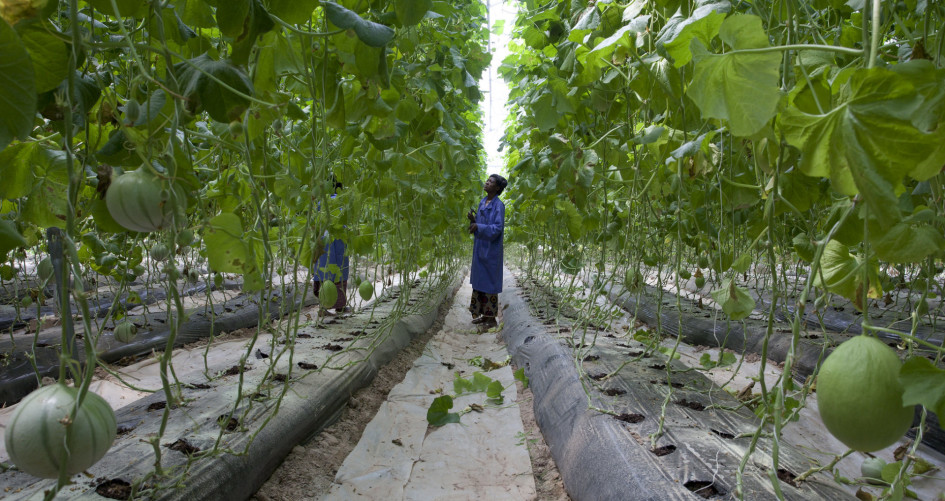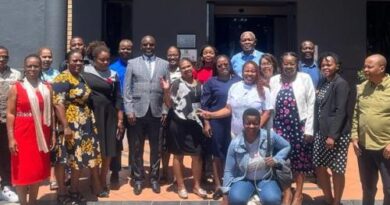UN Climate Adaptation Expo in Zambia Ends with Urgent Call for Scaled-Up Finance and AI Solutions
The United Nations’ largest annual climate adaptation event, the NAP Expo 2025, has concluded in Zambia with an urgent appeal for increased investment to save lives, protect economies and accelerate global resilience to climate change.
The five-day gathering, held in Lusaka from 11–15 August, brought together around 400 participants from 80 countries, including government officials, technical experts, Indigenous leaders, private sector representatives and development partners. The focus was on strengthening National Adaptation Plans (NAPs) ahead of COP30 in Brazil and addressing the growing finance gaps that threaten progress.
Youssef Nassef, Director of Adaptation at UN Climate Change, said failing to invest in adaptation would come at a far higher cost. “Adaptation isn’t a bill we can skip. If we don’t fund it, the poorest pay in lost harvests, poorer health, and – at worst – with their lives,” he said. He warned that an estimated USD 300 billion would be required annually for climate adaptation by 2030, stressing that investing up front was “smarter and cheaper”, delivering benefits across every sector.
Zambia’s Minister of Green Economy and Environment, Mike Elton Mposha, called for stronger collaboration and more bankable adaptation plans. “We must transform NAPs into investable and bankable plans attractive for investment, including by the private sector,” he said, adding that inclusive participation from women, youth, people with disabilities and local communities was essential.
His ministry’s Permanent Secretary, Douty Chibamba, underscored the urgency, noting how Zambia’s 2023–2024 drought had cut crop yields and electricity generation by half. “Climate change is a matter of life and death for our people. This requires a multi-pronged approach across multiple sectors and scales, centred around the critical role of water,” he said.
The Expo marked significant developments, including the launch of updated technical guidelines for NAPs, welcomed as a strong foundation to help countries meet the 2025 submission target. A key highlight was the integration of frontier technologies, with sessions introducing countries to Artificial Intelligence (AI), big data and machine learning to strengthen resilience planning. For many participants, it was their first exposure to using AI tools for adaptation, prompting an additional session after strong demand.
Inclusive stakeholder engagement was another focus, with sessions highlighting the value of Indigenous knowledge. Traditional leader Fumukazi Zilanie Kamgundanga Gondwe of Malawi noted: “What we refer to as innovation is often rooted in long-standing Indigenous practices such as seed sovereignty, sacred forest protection, and cultural rituals for ecological balance.”
Looking ahead to COP30 in Brazil, Ana Toni, CEO of the upcoming conference, urged the global community to elevate adaptation to the same level as mitigation. “COP30 will serve as a turning point for adaptation. Together, we have the power to implement meaningful change and safeguard our communities for a more resilient and sustainable future,” she said.
Practical solutions showcased at the Expo included water security initiatives such as urban rainwater harvesting and river restoration, climate-smart agriculture to protect food security, diversified livelihoods through sustainable resource management, and resilient infrastructure projects rooted in nature-based solutions.
In closing, Nassef expressed gratitude to the Zambian government and people for their hospitality. He highlighted the “Zambian spirit of solidarity, of hope, of collectivism and harmony” that underpinned the event’s success.
Attention now shifts to next month’s Climate Week in Addis Ababa, Ethiopia (1–6 September), which UN Climate Change will convene as another milestone towards securing adaptation finance, advancing resilience, and building momentum towards COP30 in Belém.



